OPSC – Pradhan Mantri Fasal Bima Yojana (PMFBY)
Table Of Contents:
- Objective of the Scheme
- Coverage and Crops Insured
- Premium Rates (Highly Subsidized)
- Sum Insured/Coverage Amount
- Risks Covered
- Assessment of Loss and Claims
- Exclusions (What’s NOT Covered)
- Implementation Mechanism
- Key Features and Benefits
- Enrollment Process
- Challenges Faced
- Recent Improvements (PMFBY 2.0 – from 2020)
(1) Introduction

(2) Objective of the Scheme

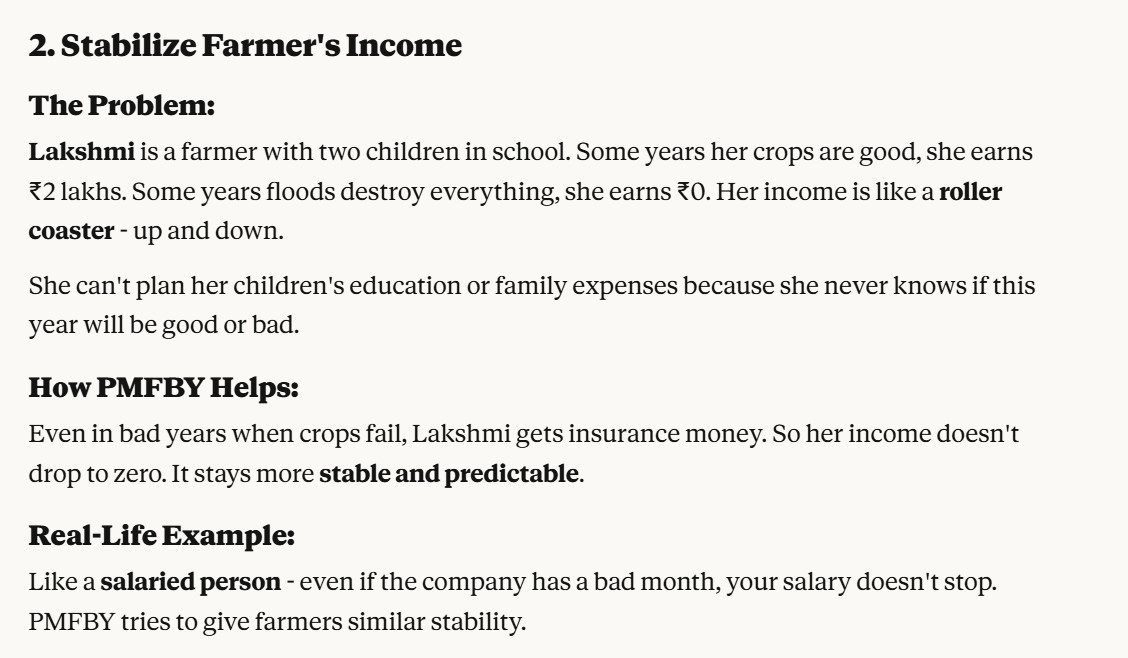


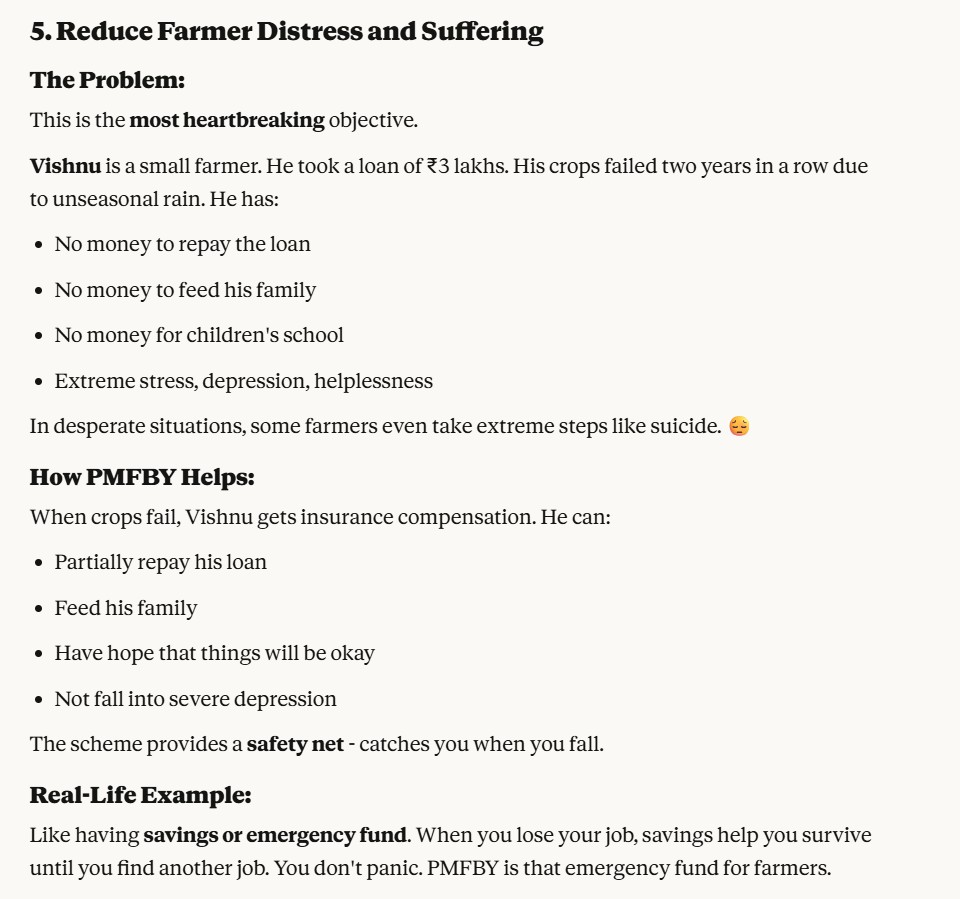

(3) Coverage and Crops Insured



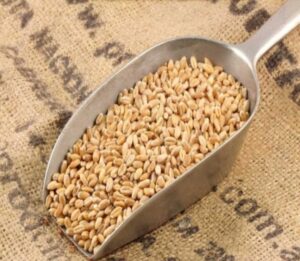

1 – Finger Millet (ମାଣ୍ଡିଆ)
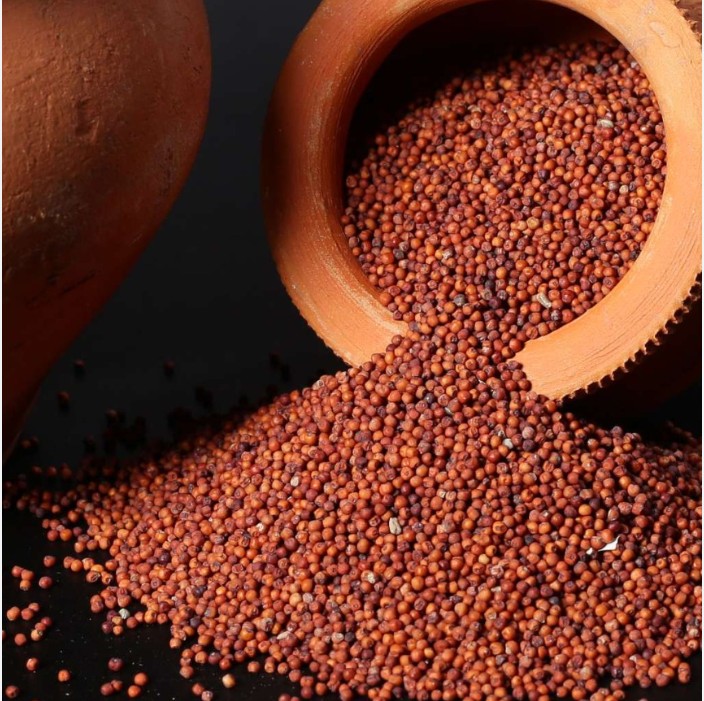
2 – Sorghum (ଜହ୍ନା / ଜୁଆର)

3 – Pearl Millet (ବାଜରା / ଗାଠିଆ)

4 – Foxtail Millet (କାଙ୍ଗୁ)

5 – Little Millet (ସୁଆଁ / କୋଶ୍ଲା)
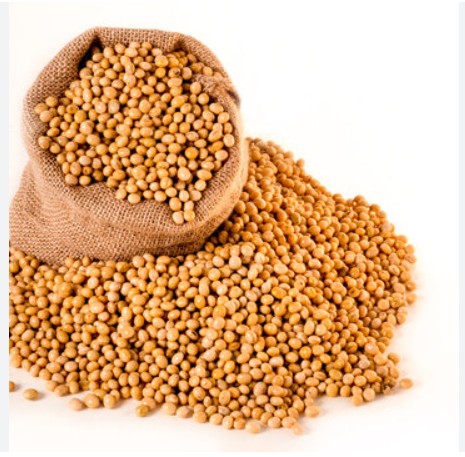
6 – Kodo Millet (କୋଦୁଅ)
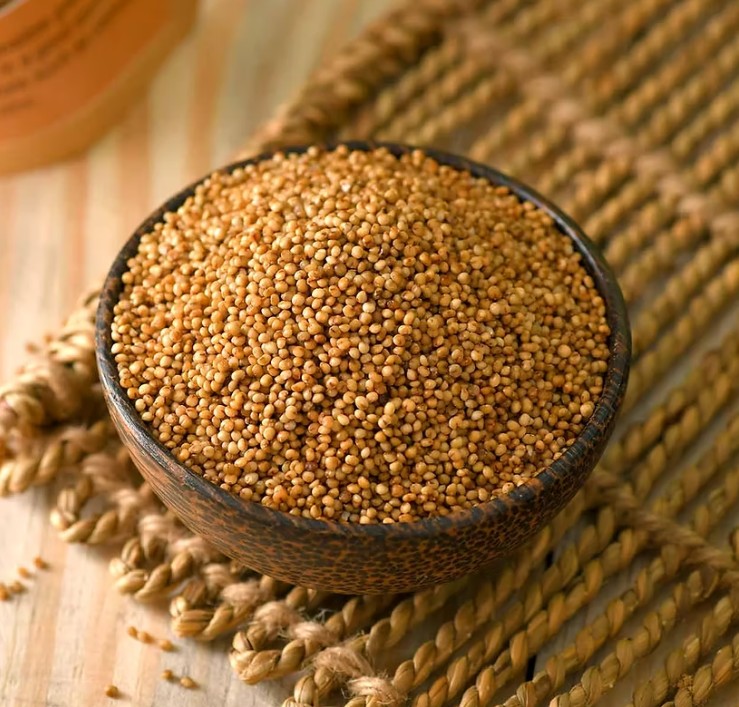
7 – Barnyard Millet (ଖୀର / ବିଲା ସୁଆଁ)
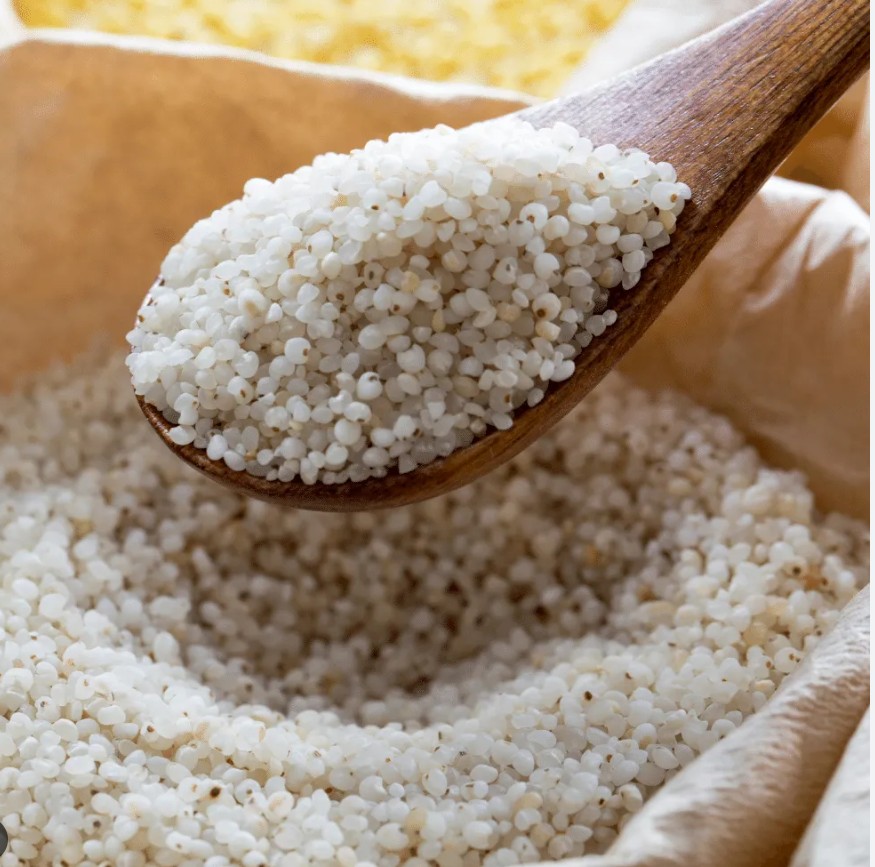

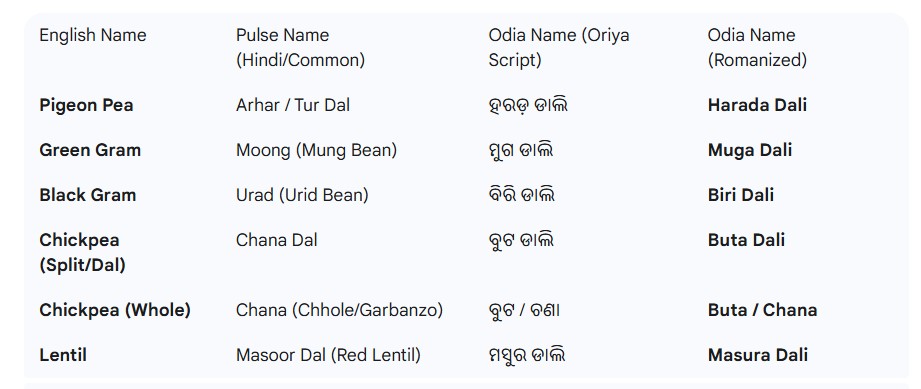
1 – Arhar/Tur Dal( ହରଡ଼ ଡାଲି)
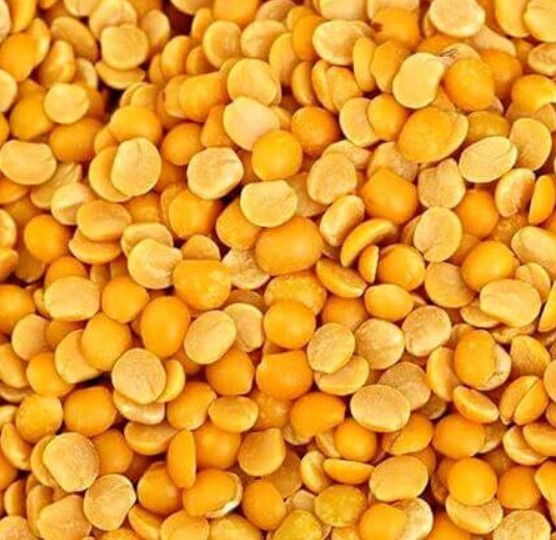
2 – Moong (Green gram) (ମୁଗ ଡାଲି)
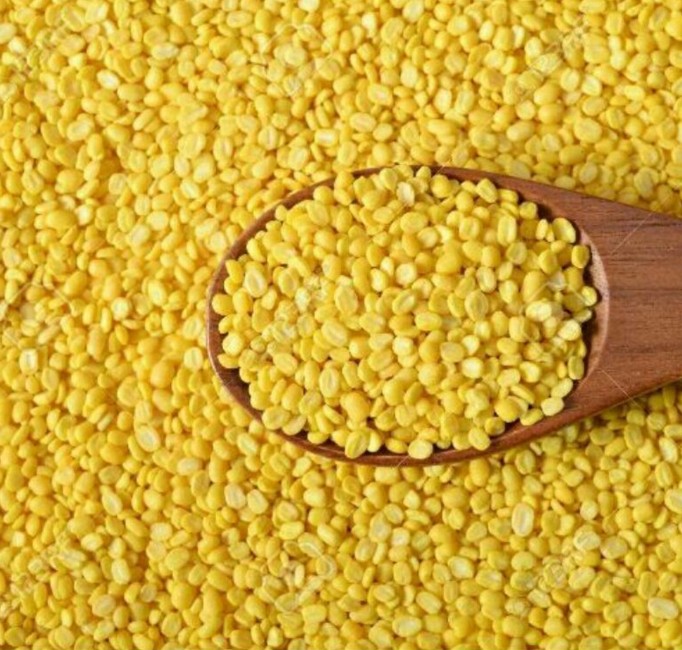
3 – Urad (Urid Bean) (ବିରି ଡାଲି)

4 – Chana Dal (Chickpea) (ବୁଟ ଡାଲି)

5 – Chana Dal – Chickpea (Split/Dal) – ବୁଟ ଡାଲି
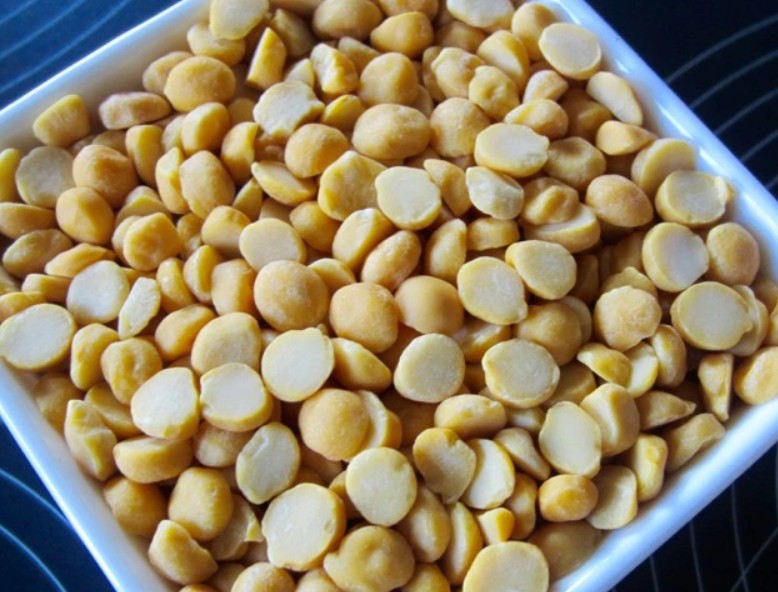
6 – Masoor (Lentil)
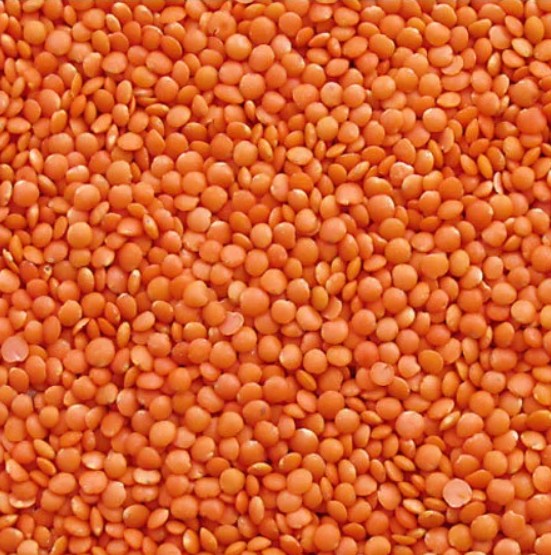
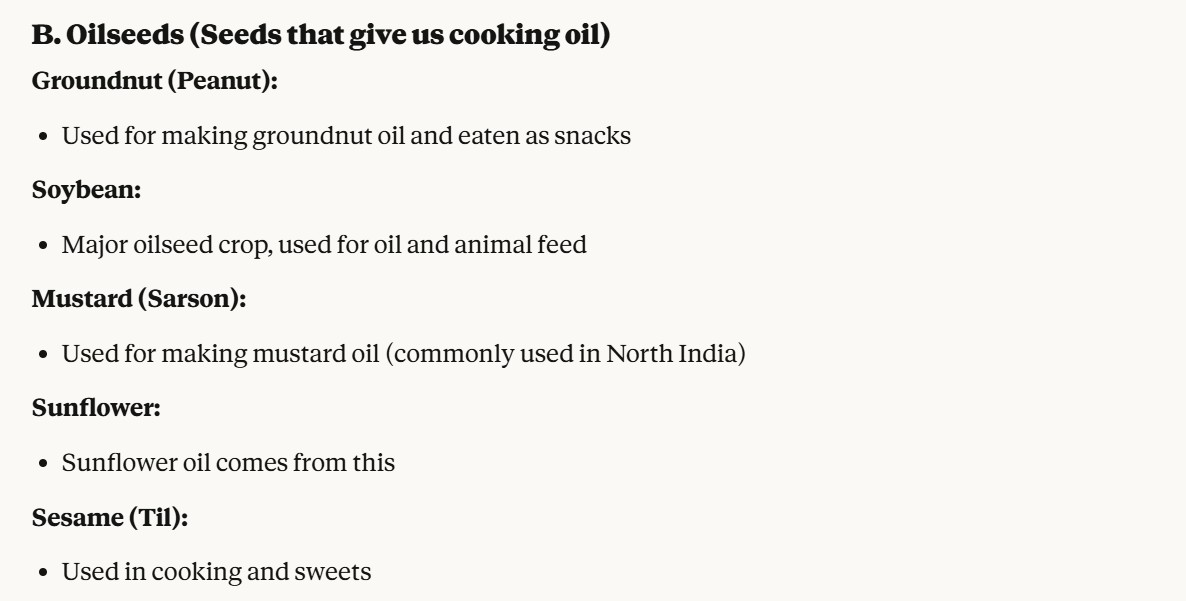
1 – Groundnut(Peanut) (ଚିନାବାଦାମ)

2 – Soyabean (ସୋୟାବିନ୍)
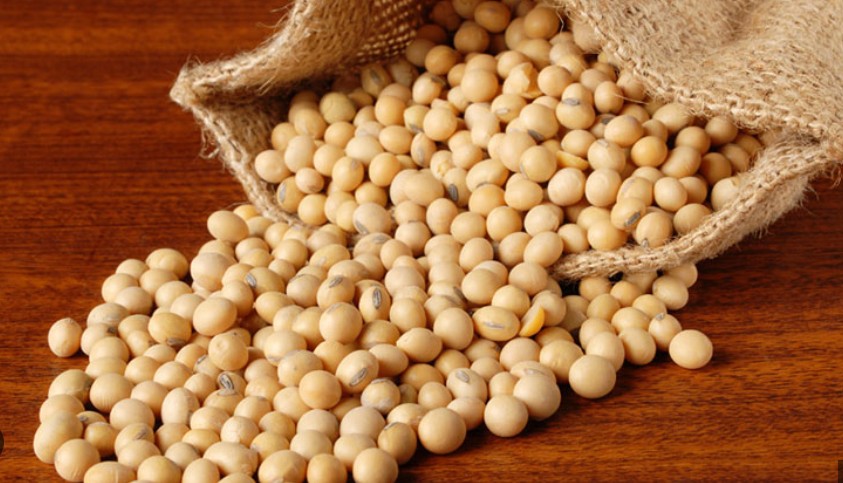
3 – Mustard (ସୋରିଷ)
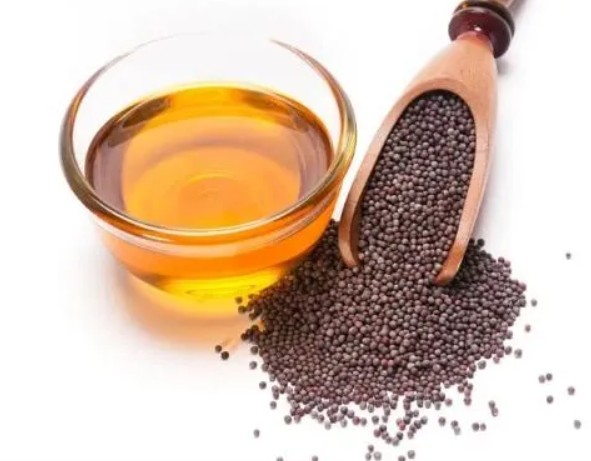
4 – Sunflower (ସୂର୍ଯ୍ୟମୁଖୀ)

5 – Sesame (ରାଶି)
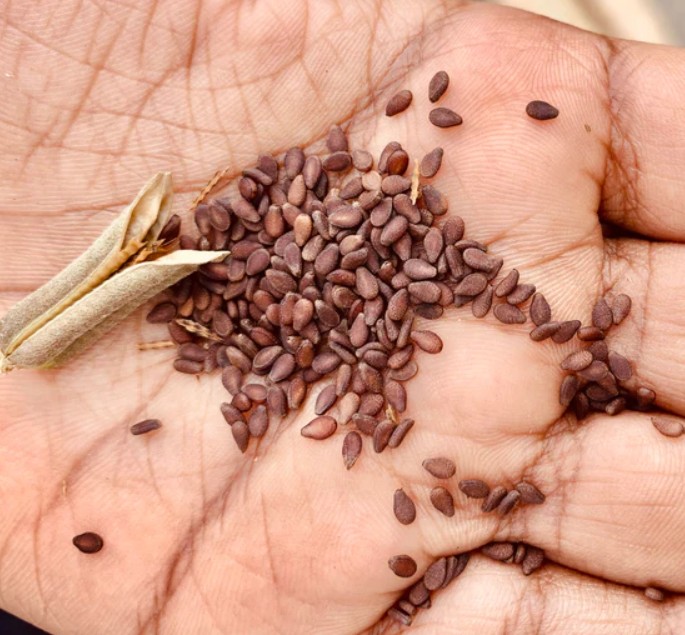
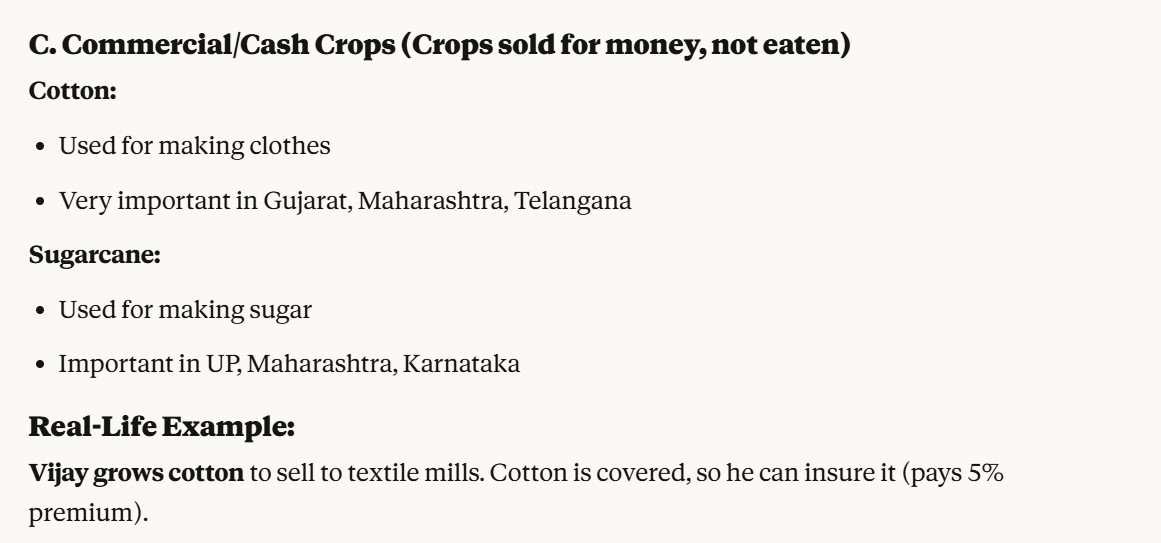
1 – Cotton (ତୁଳା)

2 – Sugarcane (ଆଖୁ)

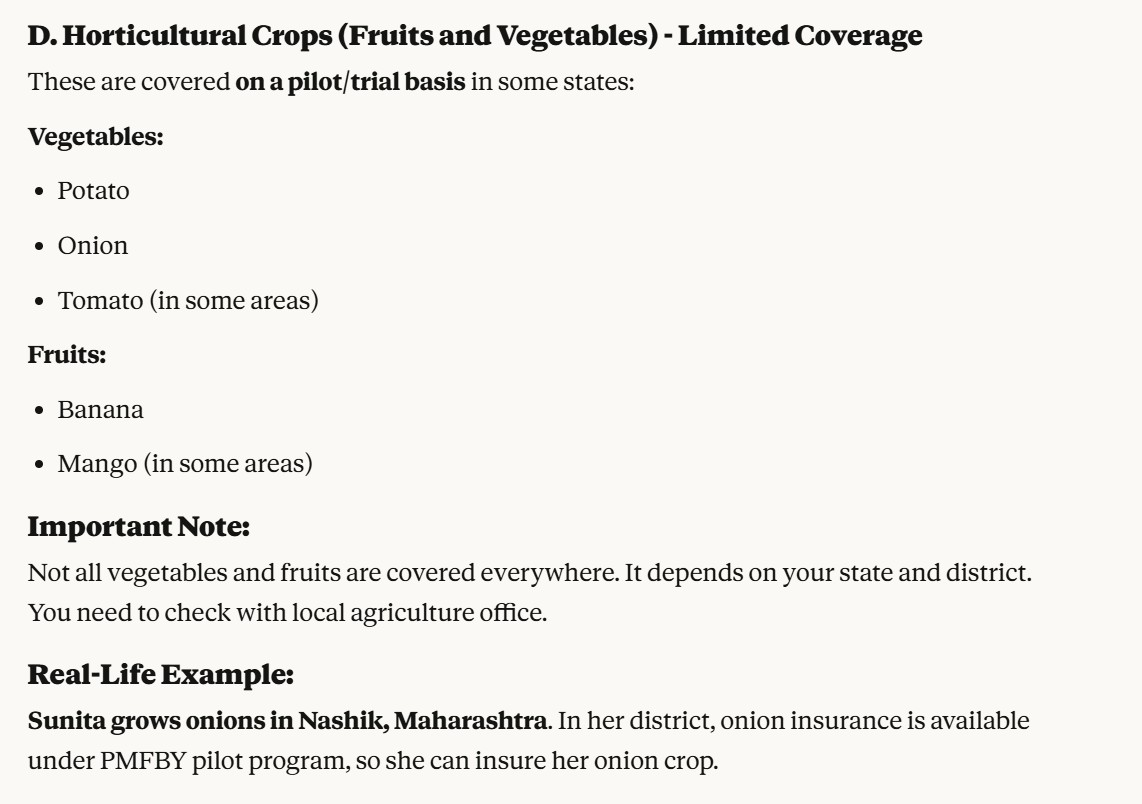




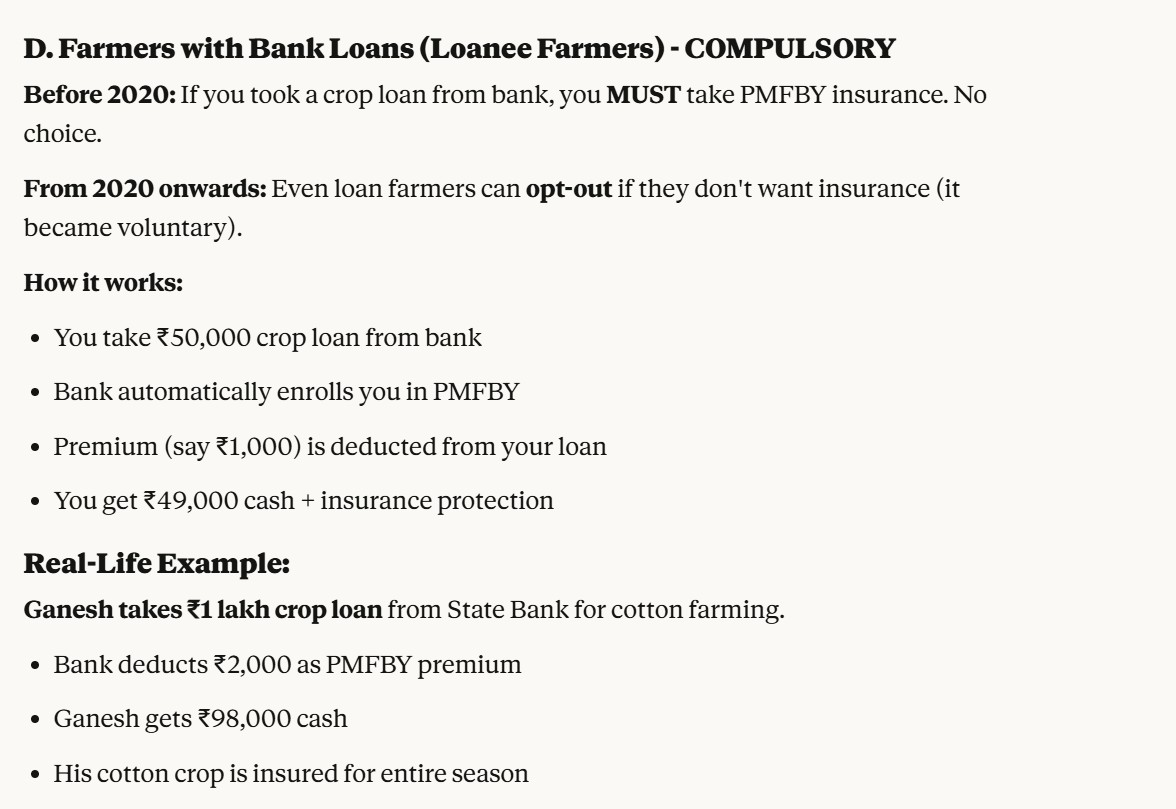
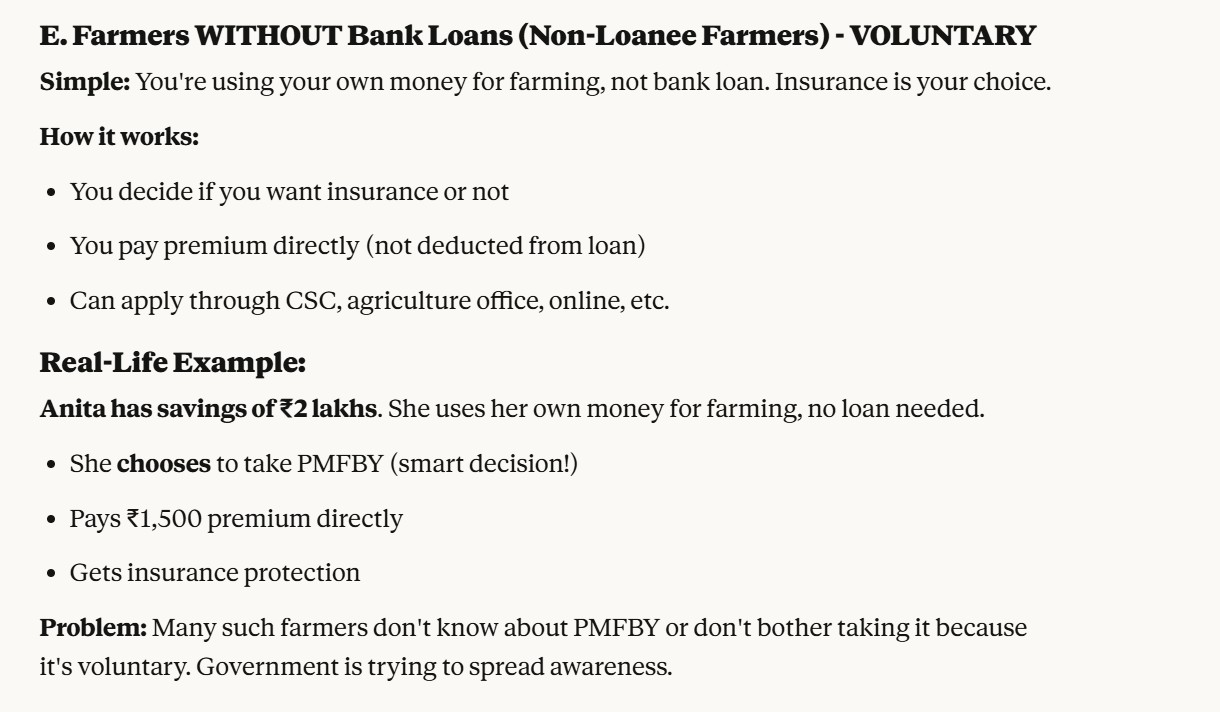
(4) Premium Rates (Highly Subsidized)
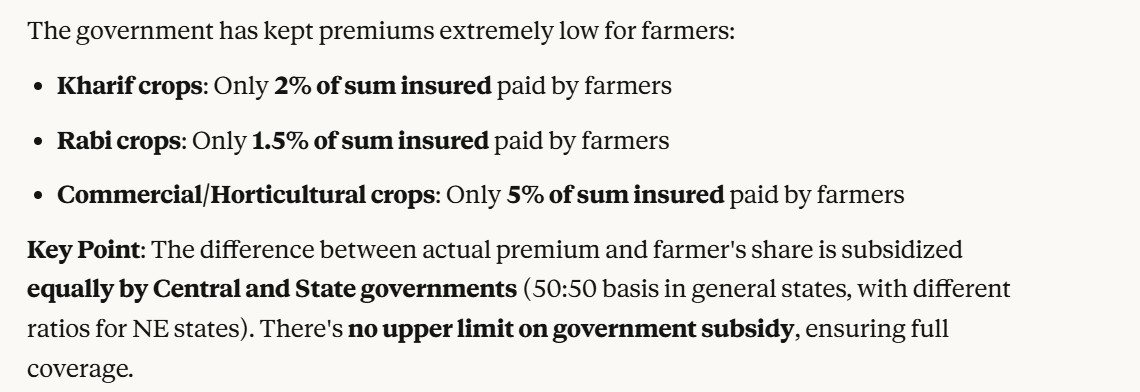




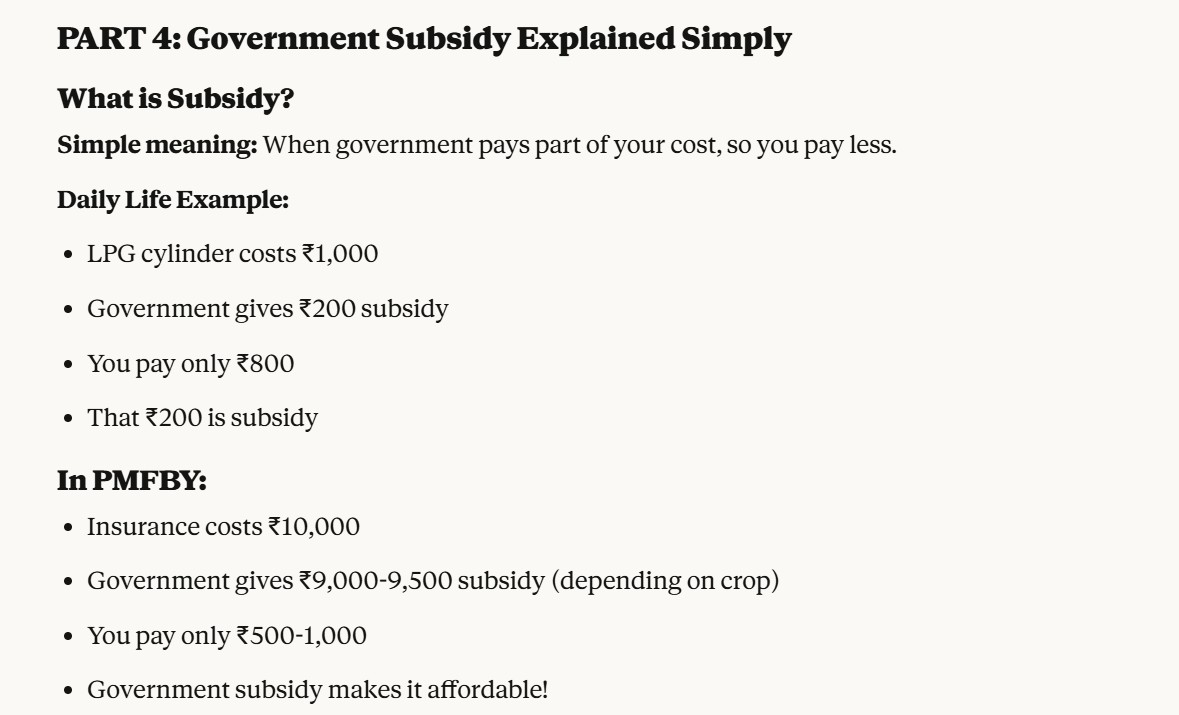
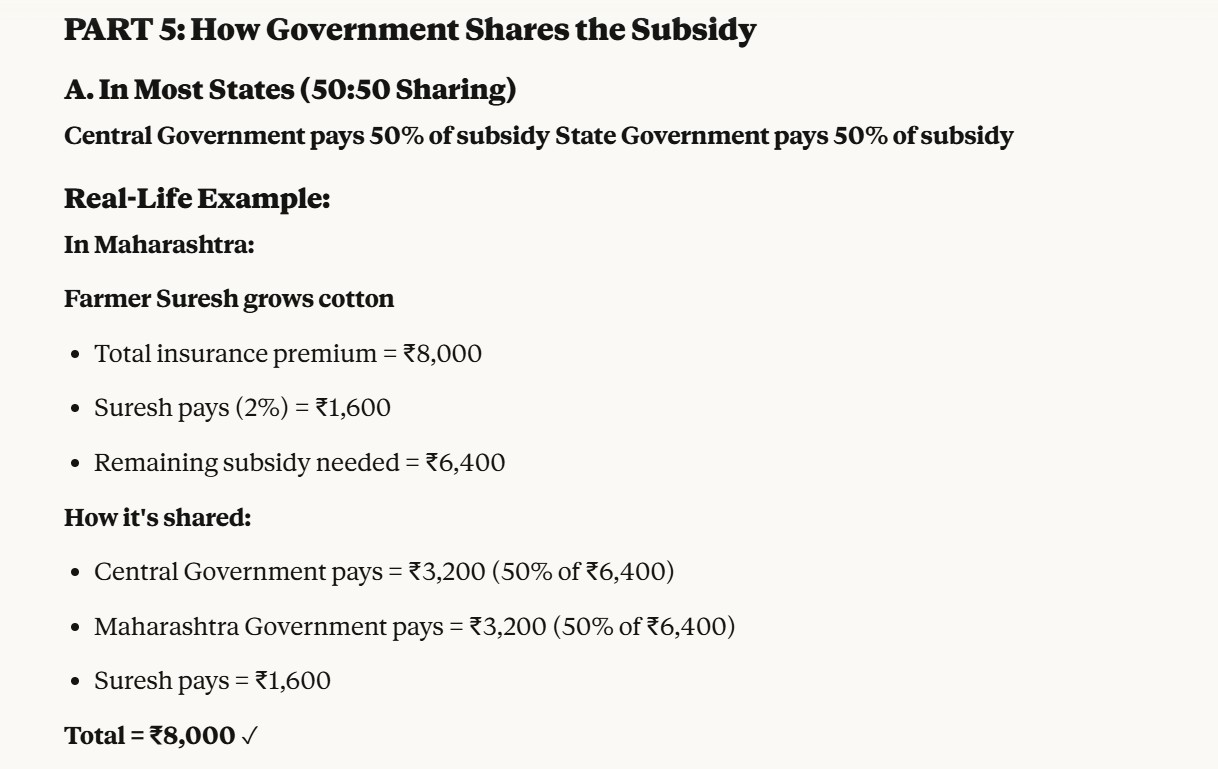
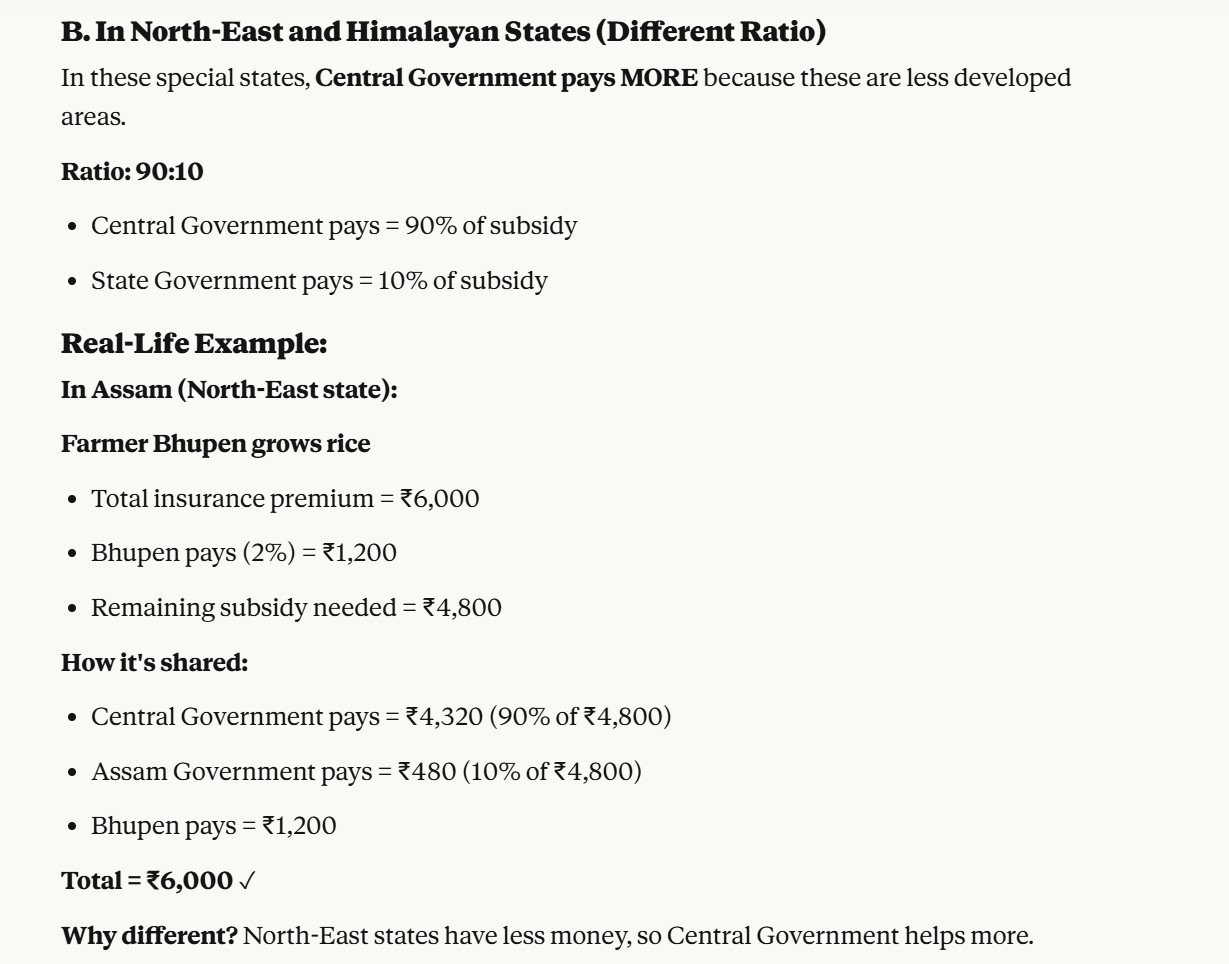

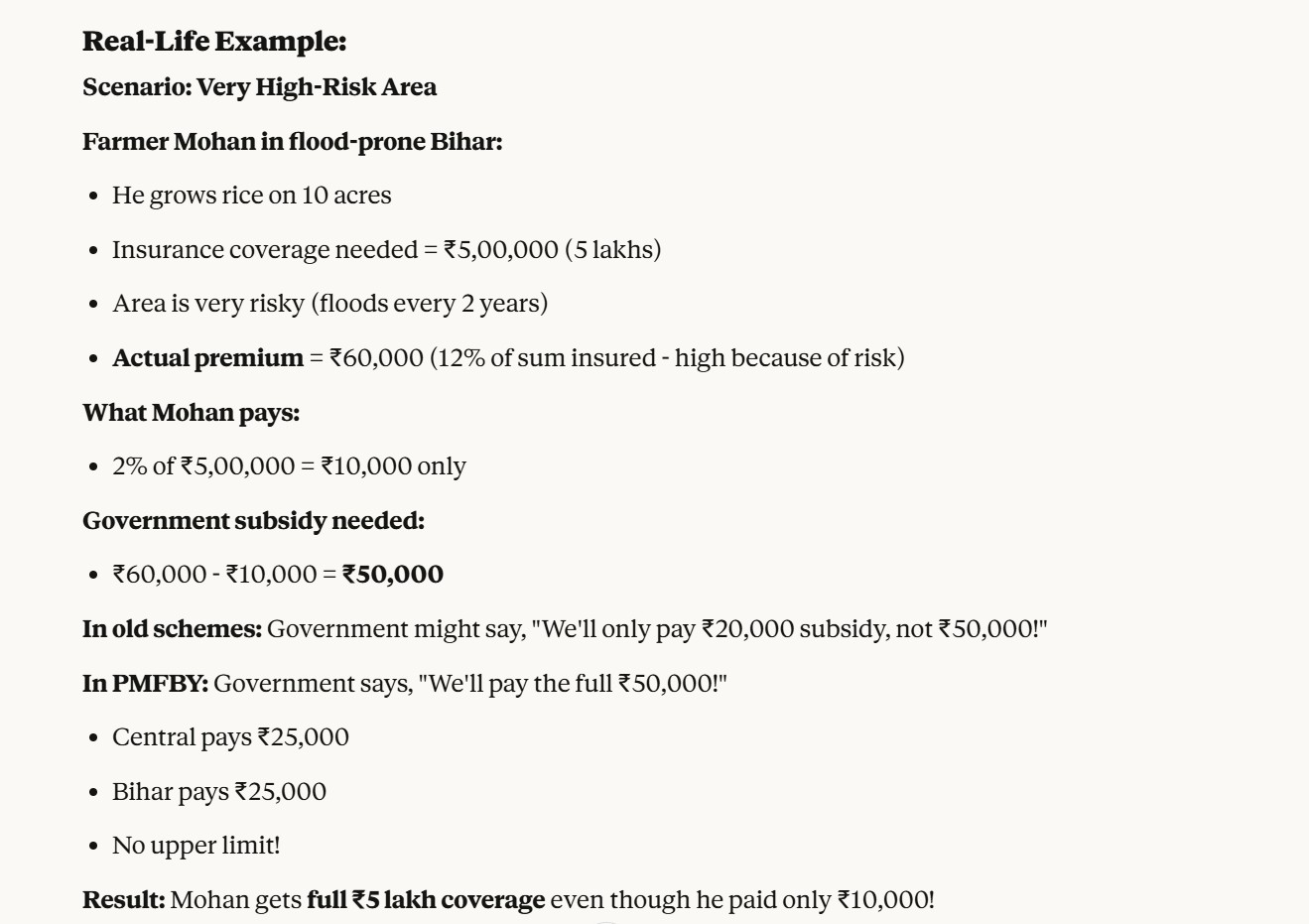

(5) How Does The Crop Insurance Value Is Calculated ?


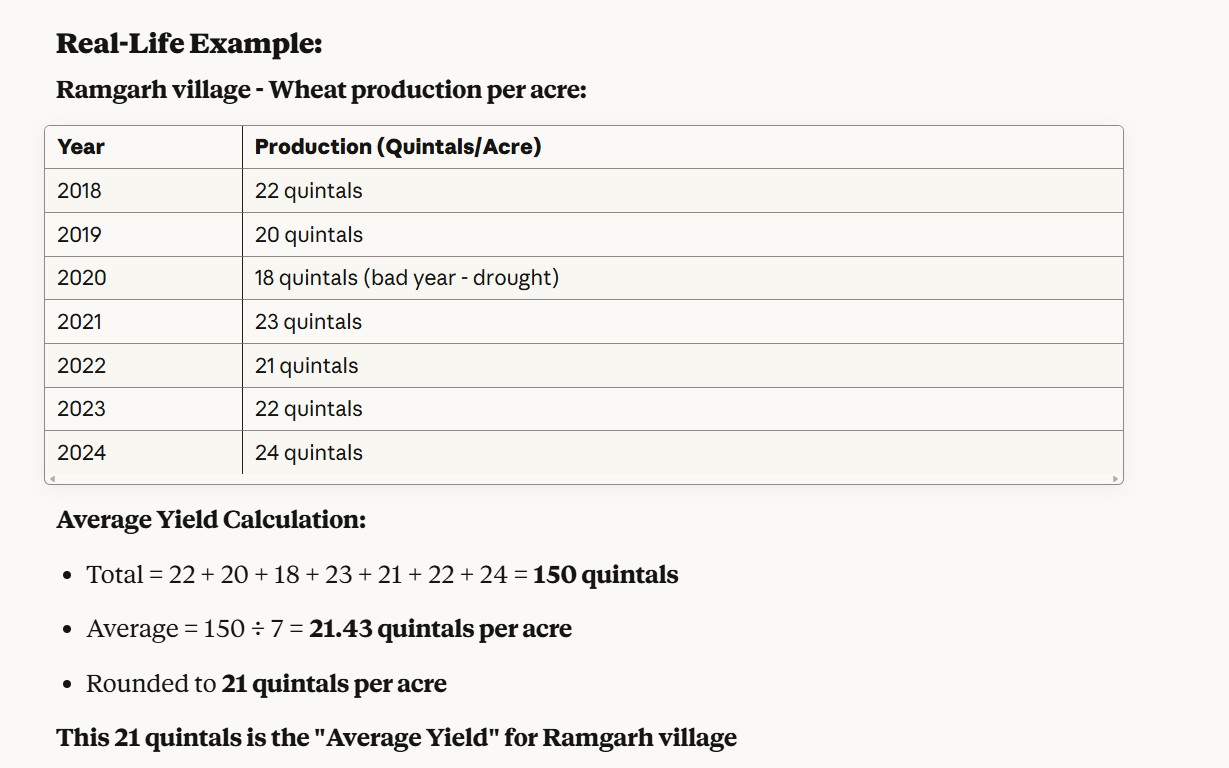
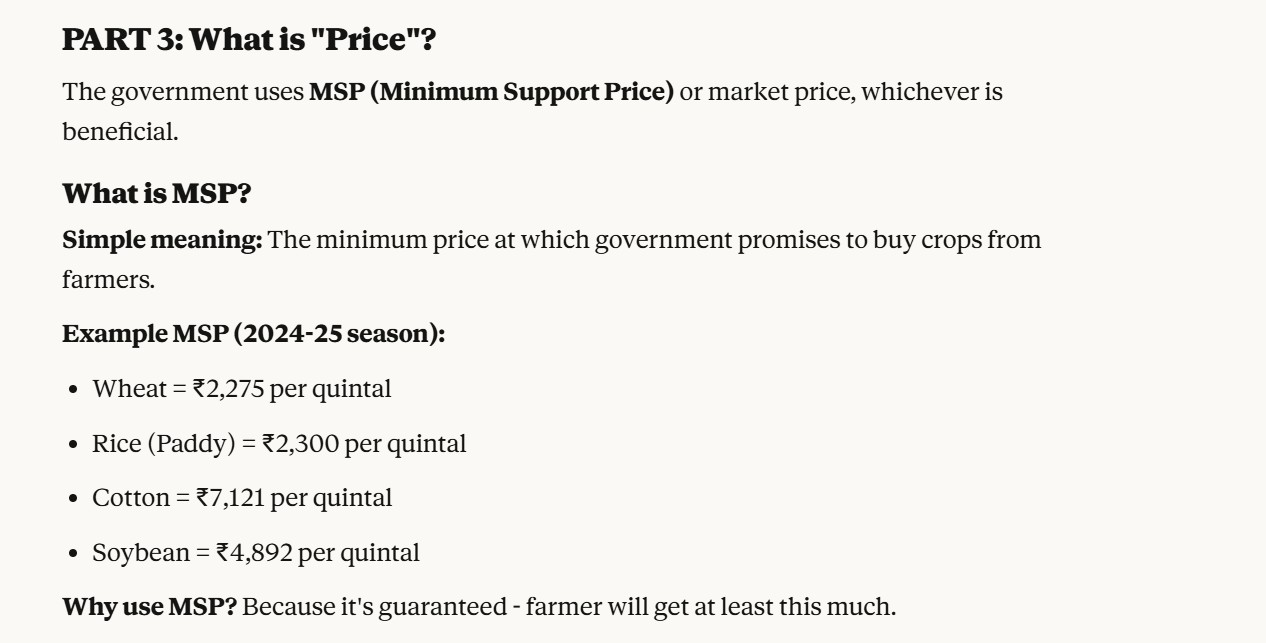



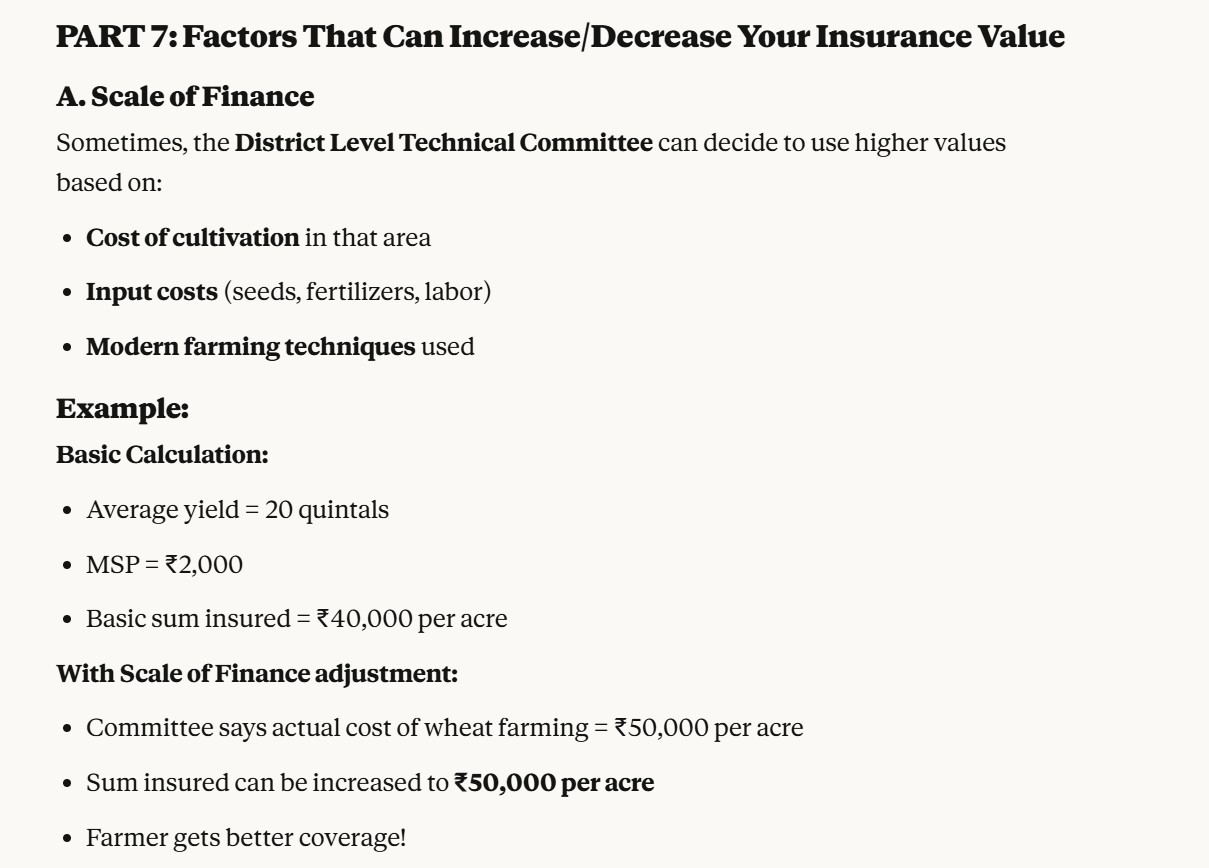


(5) Sum Insured/Coverage Amount

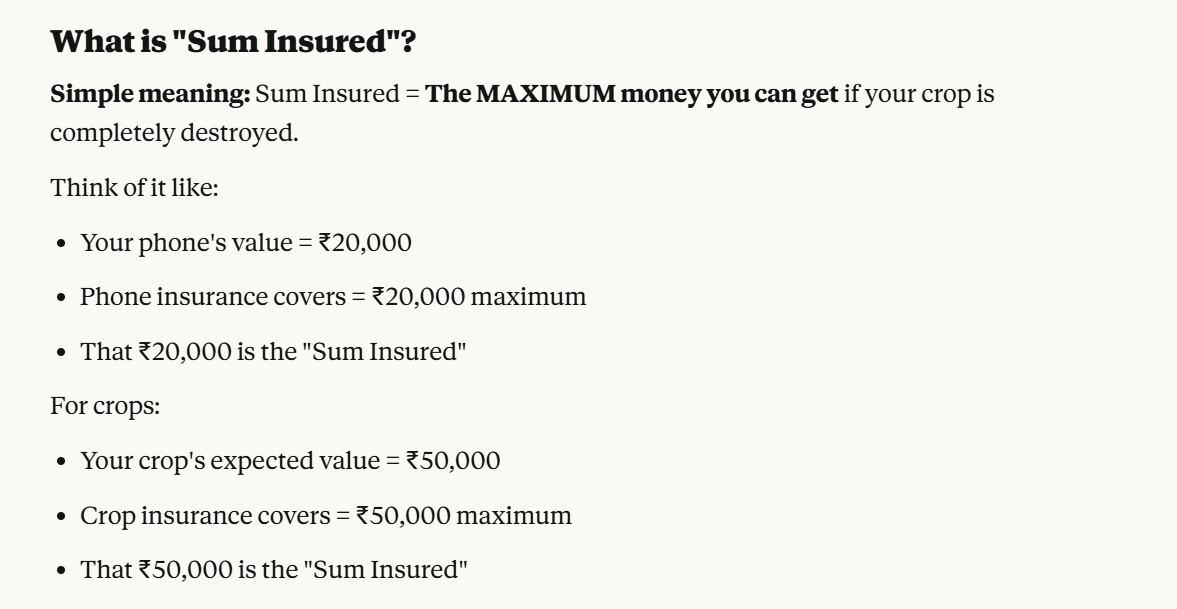

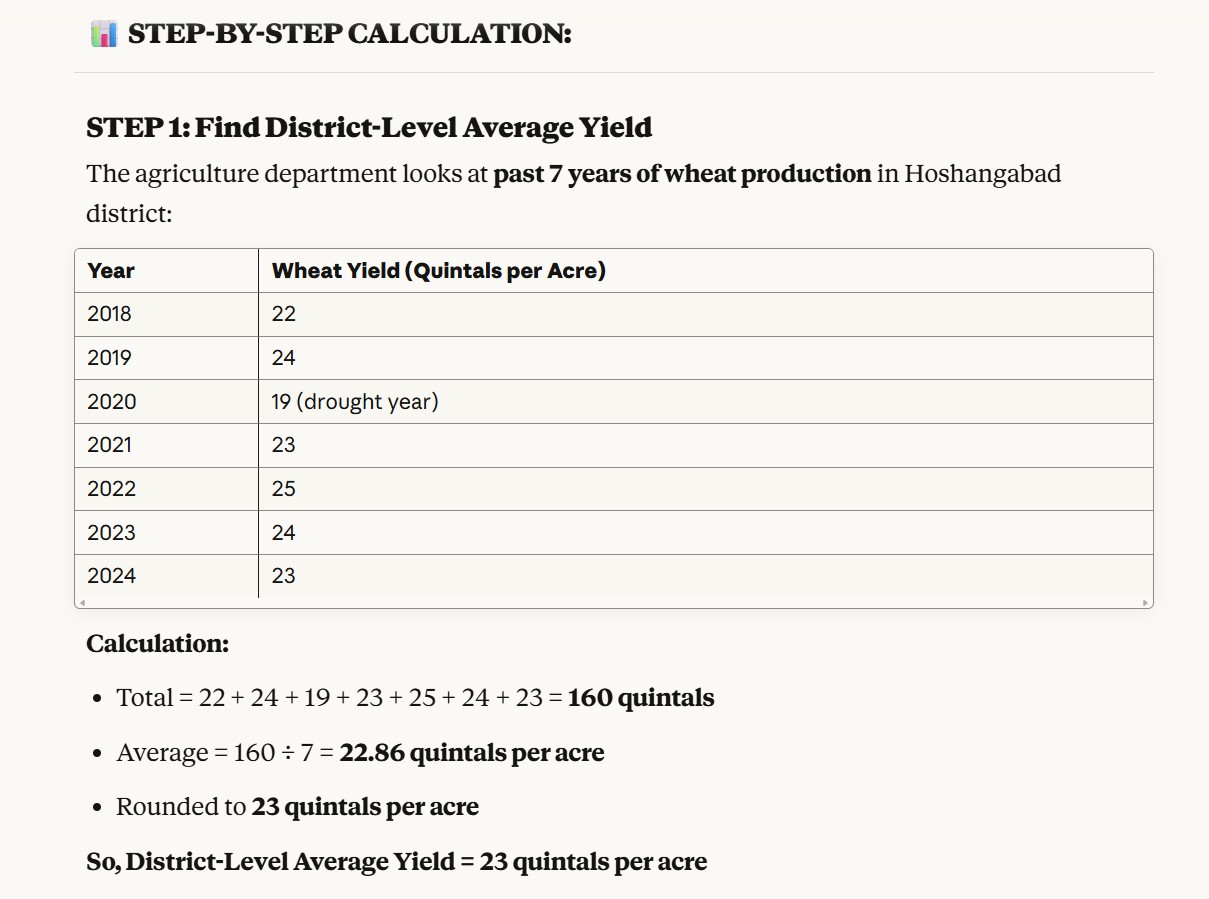
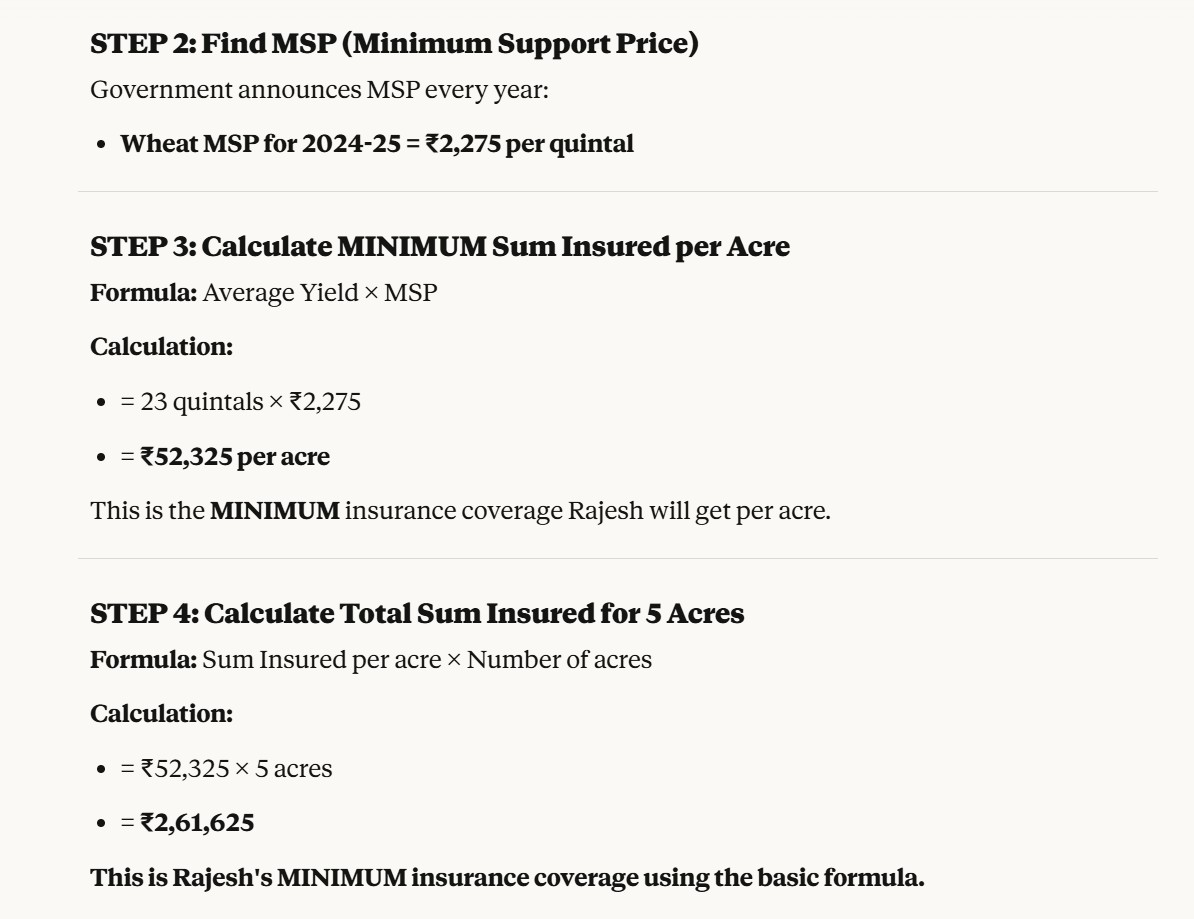
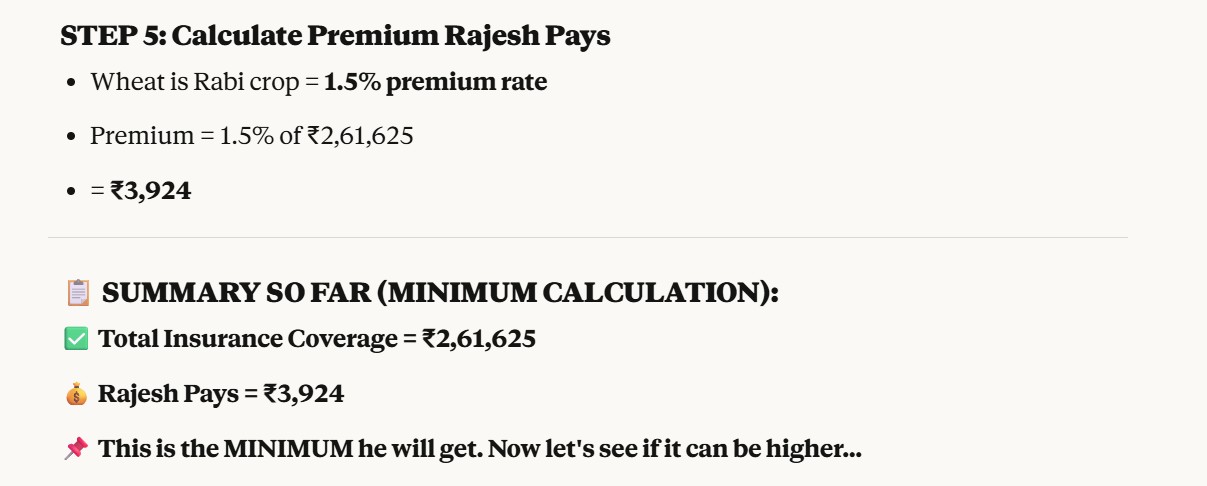
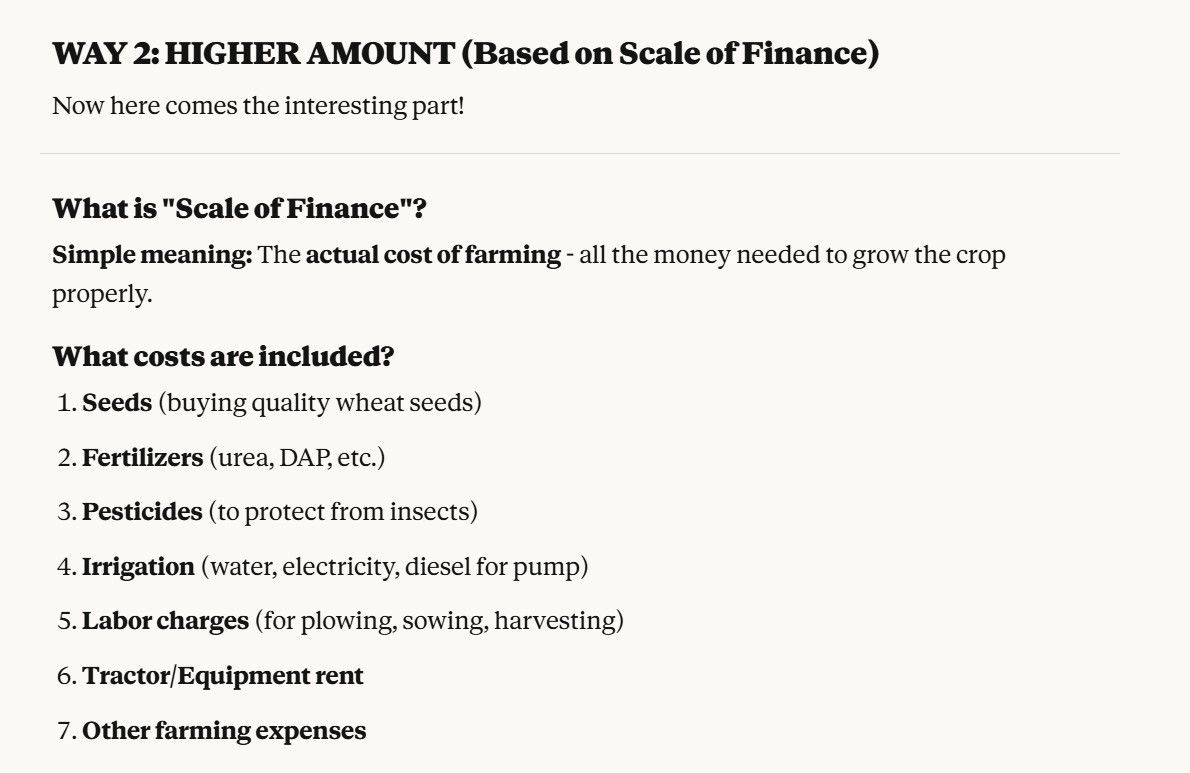






(6) Risk Covered


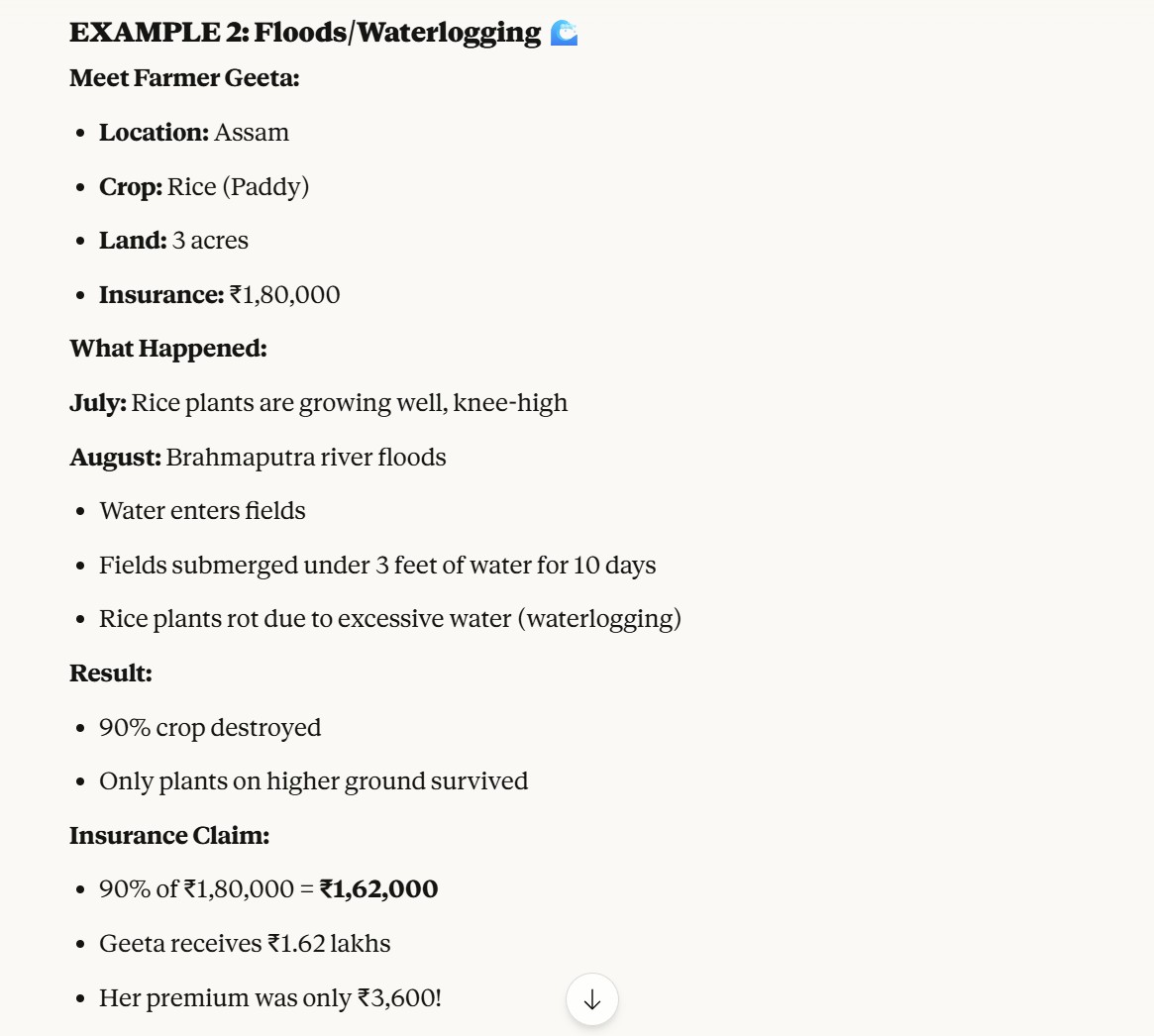




(7) Assessment of Loss and Claims
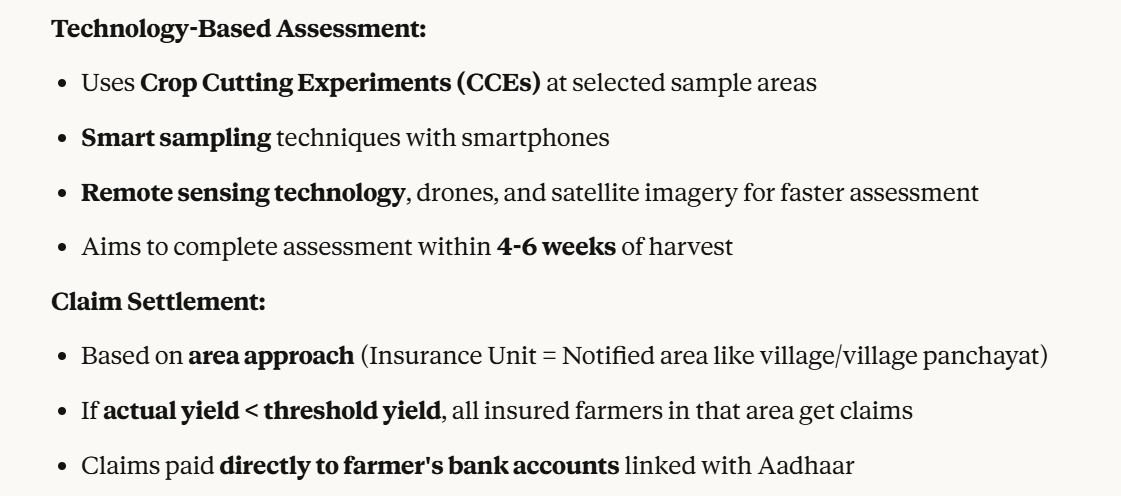
(8) Exclusions (What’s NOT Covered)

(9) Implementation Mechanism
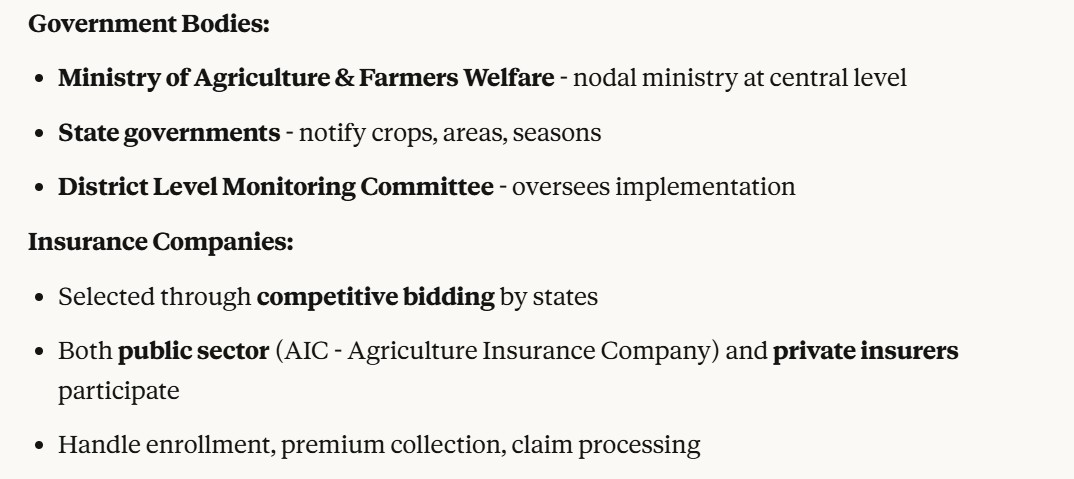
(10) Key Features and Benefits

(11) Enrollment Process
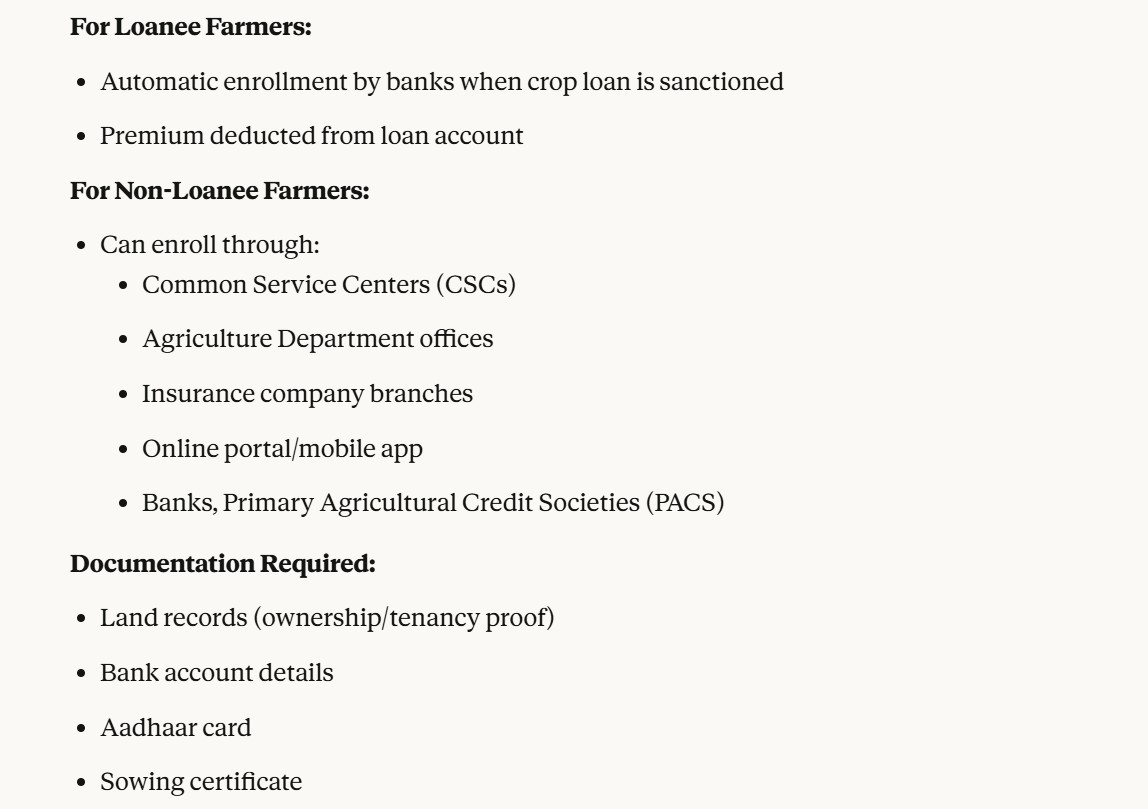
(12) Challenges Faced

(13) Recent Improvements (PMFBY 2.0 – from 2020)

